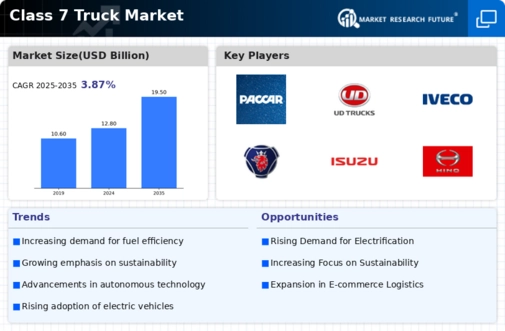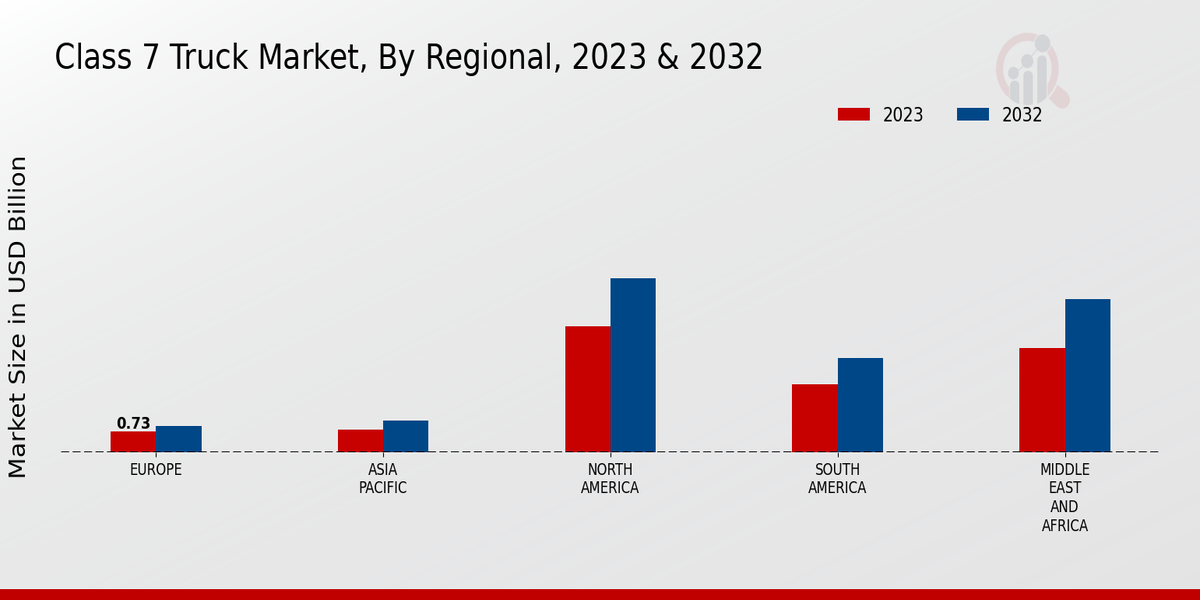The most prominent competitive edge seeking strategies observed in the representatives from the Class 7 Truck Market include investment in research and development, product portfolio expansion, and the development of distribution networks. Furthermore, major players in the industry tend to engage in strategic partnerships and acquirements to improve their operations and address weaknesses or develop a stronger market presence.
The cause of the described strategies is the fact that the development of the Class 7 Truck Market hinges on the increasing demand for suitable and efficient means of transport, the growth of e-commerce and logistics operations, and the boosting of governmental sustainability regulations. As a result, the competitive landscape of the Class 7 Truck Market will most likely remain highly competitive, with some lobbying for market share through the call of innovation, others focusing on cost reduction, and the rest trying to accumulate consumer loyalty.
One of the current major competitors in the Class 7 Truck Market is Daimler Trucks North America (DTNA), the subsidiary of the Overseas company Daimler AG – the company is represented by the organic brand Freightliner, which offers a vast range of trucks that are identifiable by their durability, fuel-efficiency, and overall environmental and advanced safety features throughout North America and the expandingly other parts of the world – with reliance on innovation and high consumer satisfaction, Daimler Trucks North America has proven to be versatile and steady player in the industry.
Another such key player in the Class 7 Truck Market is the parent company of Kenworth and Peterbilt, PACCAR Inc.. The described organization is characterized by the production of especially stable and reliable Class 7 trucks that are focused on performance and durability through global presence and specialization in the provider’s quality and central consumer approach, the vast dealer network of the brand, and strong brand name causes the company to hold a distinct competitive edge over other industry representatives.














